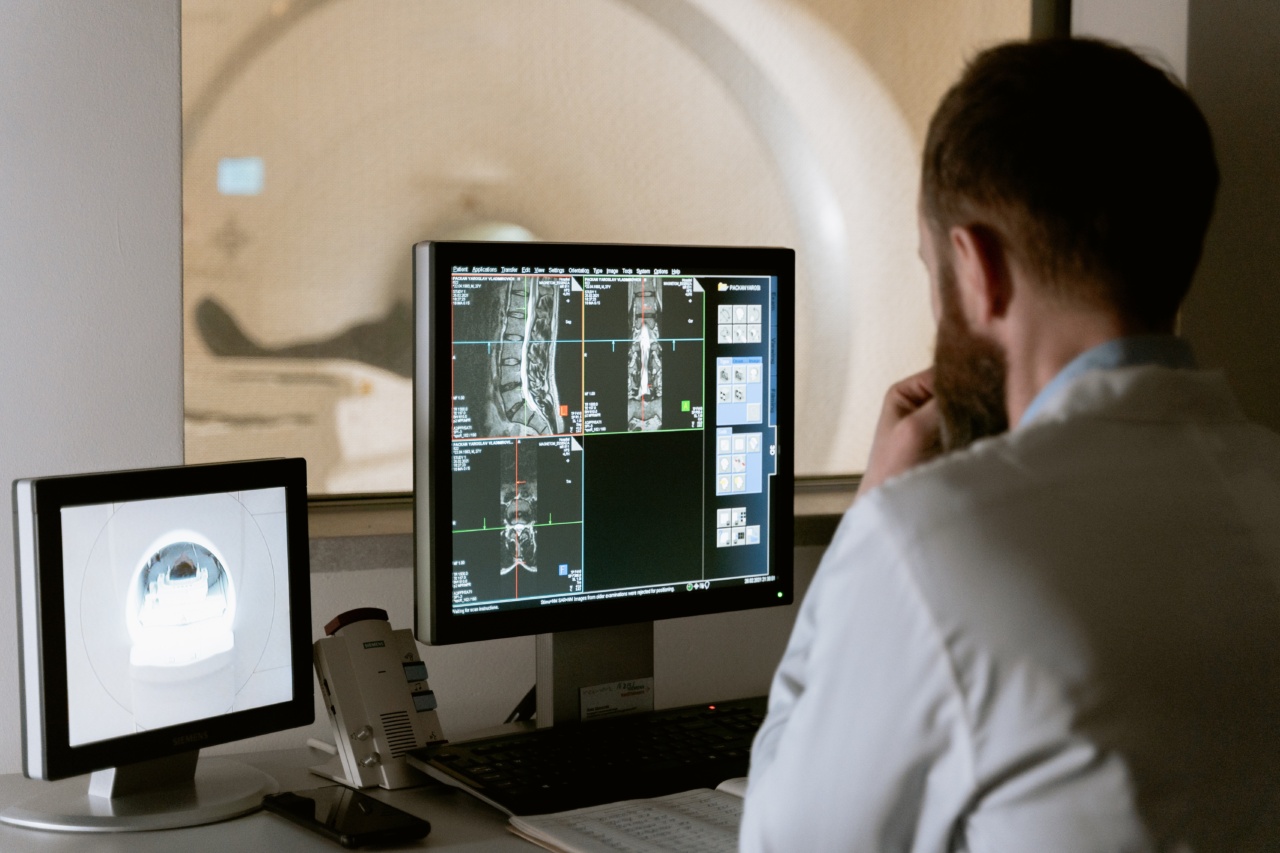Dementia and stroke are two conditions that are becoming increasingly common in the aging population. These conditions can have devastating effects on a person’s quality of life, often leaving them unable to perform basic daily tasks.
As such, it is important to have a thorough understanding of the assessment methods used to diagnose and monitor these conditions, so that appropriate treatment can be administered.
The Importance of Early Detection
Early detection of both dementia and stroke is essential in ensuring that patients receive the appropriate treatment and support to manage their condition.
The sooner a diagnosis is made, the more effective treatment and care can be, and the greater the chances of longer-term positive outcomes.
Dementia Assessment
Dementia is a progressive condition that affects the brain and causes a decline in cognitive function. There are several different types of dementia, but the most common is Alzheimer’s disease.
The assessment for dementia typically involves a range of tests and evaluations, including:.
Cognitive Tests
Cognitive tests are designed to evaluate a patient’s cognitive function, such as memory, language, and spatial awareness – all of which can be indicative of dementia.
These tests are typically conducted through a series of questions, problem-solving exercises, and other activities that require the individual to use their cognitive skills.
Physical Examination
A physical examination is carried out to identify any other medical conditions that may be contributing to the patient’s symptoms.
The doctor may look for signs of other conditions that can cause cognitive impairment, such as Parkinson’s disease or a vitamin B12 deficiency.
Brain Scans
Brain scans can help doctors to identify any structural or functional abnormalities in the brain that may be indicative of dementia.
Magnetic resonance imaging (MRI) and computed tomography (CT) scans are among the most commonly used scans for this purpose.
Stroke Assessment
Stroke affects the blood vessels that supply the brain with oxygen and nutrients, leading to a sudden loss of function in parts of the brain.
Fast diagnosis and treatment are critical to prevent long-term complications, such as disability and cognitive decline. The assessment for stroke typically includes:.
Physical Exam
During a physical exam, the doctor will check for signs of stroke, such as facial drooping, weakness in the arms or legs, and difficulty speaking or understanding speech.
The doctor will also check the patient’s blood pressure, heart rate, and breathing.
Brain Scans
Brain scans, such as CT and MRI, can help doctors to confirm the diagnosis of stroke.
These scans can provide detailed images of the brain, allowing doctors to see any structural or functional abnormalities that may have occurred as a result of the stroke.
Blood Tests
Blood tests may be required to confirm the diagnosis of stroke and to rule out other conditions that may be causing the patient’s symptoms.
Conclusion
As we age, the risk of developing dementia and stroke increase. The importance of early detection cannot be overstated in these conditions.
A thorough examination that includes cognitive tests, physical examination, brain scans, and blood tests can help doctors to diagnose and monitor these conditions, allowing for appropriate treatment and care.





























